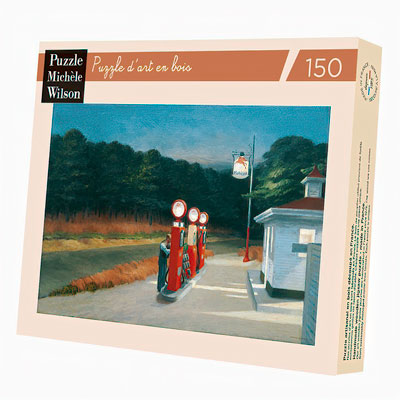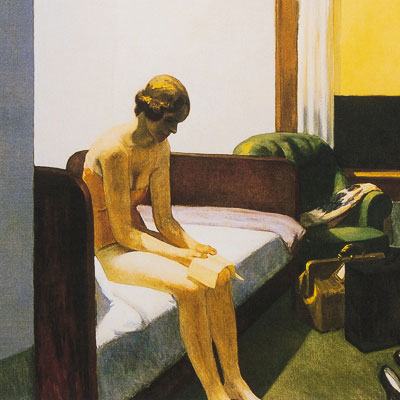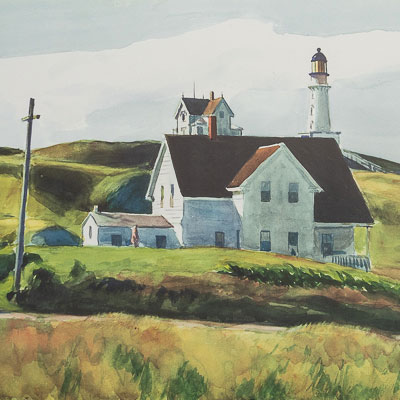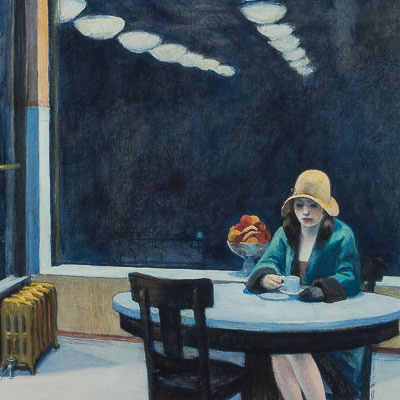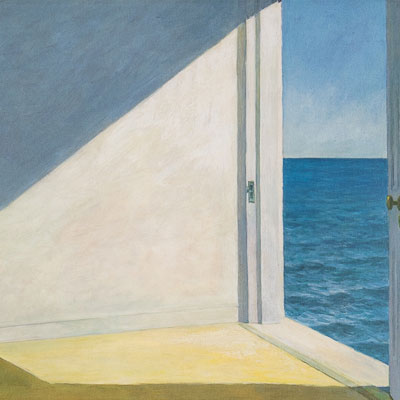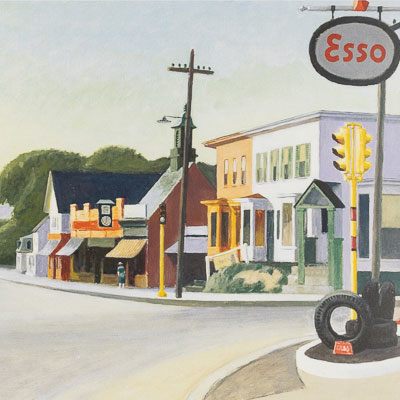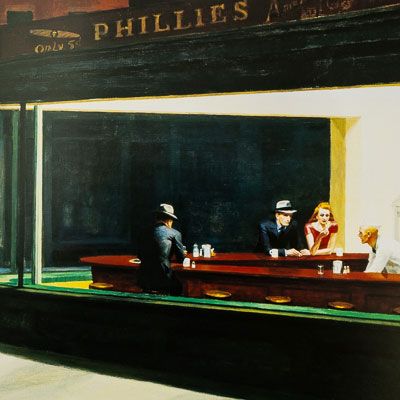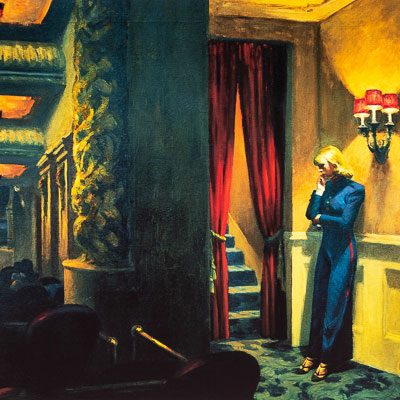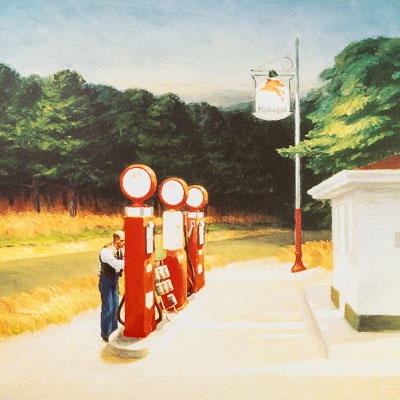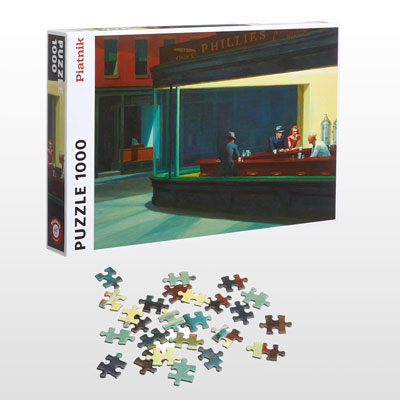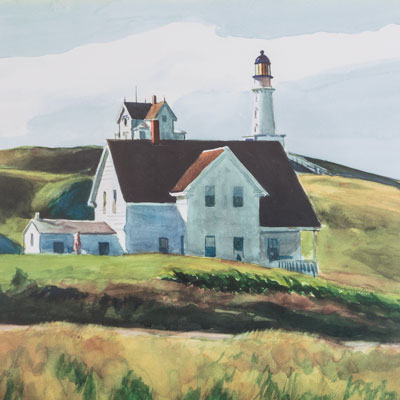Tel : (+33) 4 94 63 18 08
9am - 6pm from Monday to Sunday
American Realism
The artistic movement of American Realism emerged in the mid-19th century as a reaction to established artistic conventions and the political ferment that prevailed in the United States. Born in the tumultuous context of the Civil War and increasing industrialization, it found its roots primarily in the cities of New York and Boston. The artists of American Realism sought to represent reality as it was, without embellishments or idealizations. They aimed to capture the everyday life of the working class and ordinary citizens, shedding light on often neglected aspects of society. The movement thus took on a political dimension, denouncing social inequalities, injustices, and the hardships faced by workers and the underprivileged. Among the notable artists of this movement, Grant Wood stands out with his iconic work "American Gothic." Created in 1930, this painting depicts a rural American couple in front of a Gothic-style house. Their stern faces and rigid posture capture the essence of rural life and the austerity that characterized that era. "American Gothic" became a symbol of conservative and traditional America, but also a subtle critique of that societal vision. The artists of this movement, such as Edward Hopper, invite us to contemplate familiar scenes with disconcerting clarity, thereby revealing the raw truth that resides in every moment. Edward Hopper's paintings, imbued with solitude and contemplation, immerse us in frozen instants where time seems suspended. The solitary and introspective characters that populate their canvases resonate with emotional depth, evoking questions and reflections on the human condition.
Discover the artist
Hopper Edward
Edward Hopper is an American naturalist painter whose work is both a summary of a successful encounter between painting and photography, but also a modern hymn to nostalgia.
Hopper, who began his career as an illustrator, found the style that would make him famous early on. In minimalist settings, lonely characters are posed, like objects, waiting. A naturalist, in the vein of an Ibsen, he is also the painter of an America that passes from a proud rurality to a triumphant urbanism.
Recognized and celebrated during his lifetime, his work testifies to an era but also to an incredible assimilation of the codes of cinema and photography. His plans, staging, his taste for high angles (and high angle views) make him one of the most modern artists of his time!
Hopper Edward
Edward Hopper is an American naturalist painter whose work is both a summary of a successful encounter between painting and photography, but also a modern hymn to nostalgia.
Hopper, who began his career as an illustrator, found the style that would make him famous early on. In minimalist settings, lonely characters are posed, like objects, waiting. A naturalist, in the vein of an Ibsen, he is also the painter of an America that passes from a proud rurality to a triumphant urbanism.
Recognized and celebrated during his lifetime, his work testifies to an era but also to an incredible assimilation of the codes of cinema and photography. His plans, staging, his taste for high angles (and high angle views) make him one of the most modern artists of his time!
Hopper Edward
Edward Hopper is an American naturalist painter whose work is both a summary of a successful encounter between painting and photography, but also a modern hymn to nostalgia.
Hopper, who began his career as an illustrator, found the style that would make him famous early on. In minimalist settings, lonely characters are posed, like objects, waiting. A naturalist, in the vein of an Ibsen, he is also the painter of an America that passes from a proud rurality to a triumphant urbanism.
Recognized and celebrated during his lifetime, his work testifies to an era but also to an incredible assimilation of the codes of cinema and photography. His plans, staging, his taste for high angles (and high angle views) make him one of the most modern artists of his time!
Hopper Edward
Edward Hopper is an American naturalist painter whose work is both a summary of a successful encounter between painting and photography, but also a modern hymn to nostalgia.
Hopper, who began his career as an illustrator, found the style that would make him famous early on. In minimalist settings, lonely characters are posed, like objects, waiting. A naturalist, in the vein of an Ibsen, he is also the painter of an America that passes from a proud rurality to a triumphant urbanism.
Recognized and celebrated during his lifetime, his work testifies to an era but also to an incredible assimilation of the codes of cinema and photography. His plans, staging, his taste for high angles (and high angle views) make him one of the most modern artists of his time!
Hopper Edward
Edward Hopper is an American naturalist painter whose work is both a summary of a successful encounter between painting and photography, but also a modern hymn to nostalgia.
Hopper, who began his career as an illustrator, found the style that would make him famous early on. In minimalist settings, lonely characters are posed, like objects, waiting. A naturalist, in the vein of an Ibsen, he is also the painter of an America that passes from a proud rurality to a triumphant urbanism.
Recognized and celebrated during his lifetime, his work testifies to an era but also to an incredible assimilation of the codes of cinema and photography. His plans, staging, his taste for high angles (and high angle views) make him one of the most modern artists of his time!






























































































